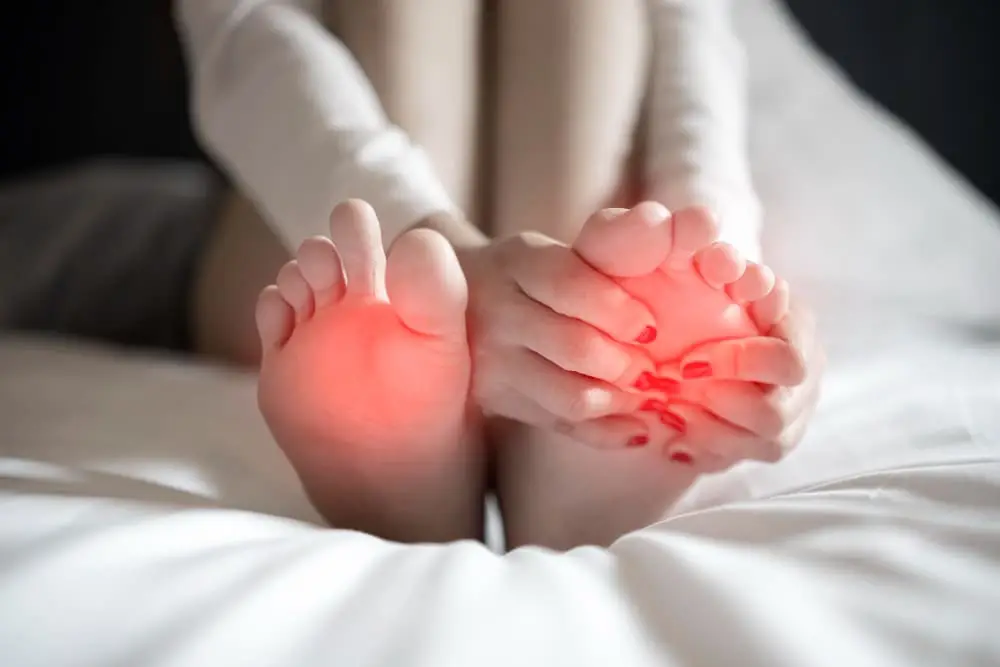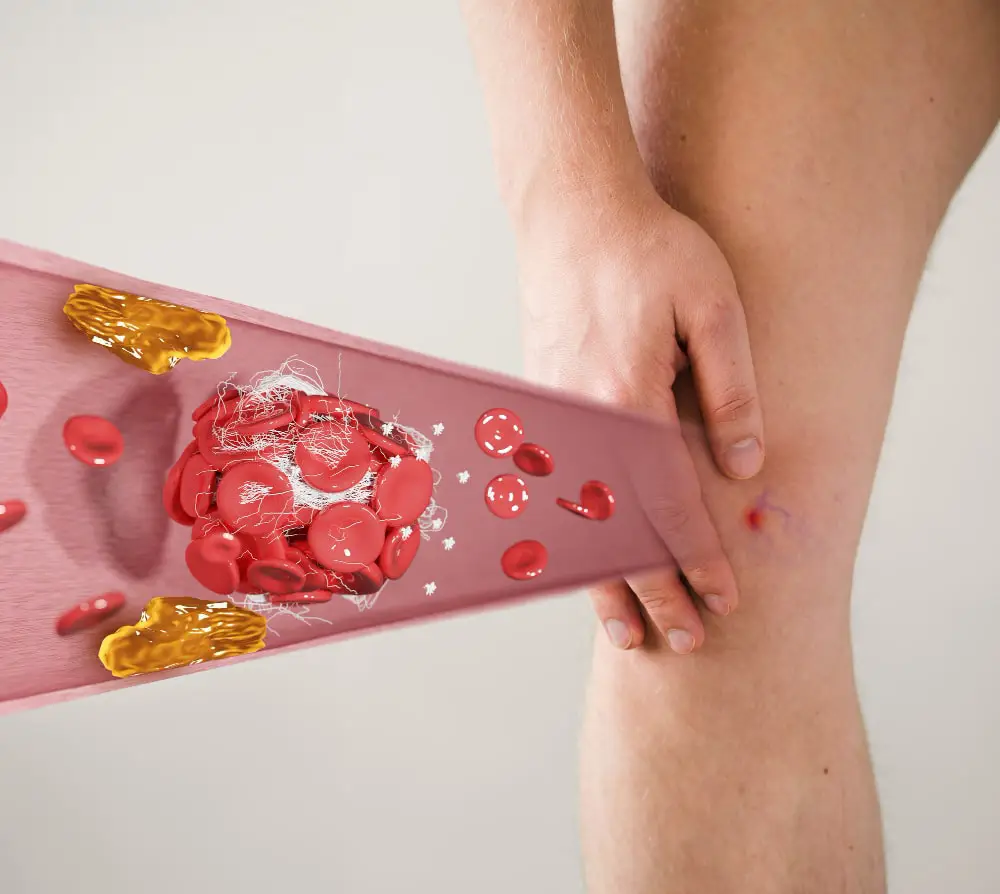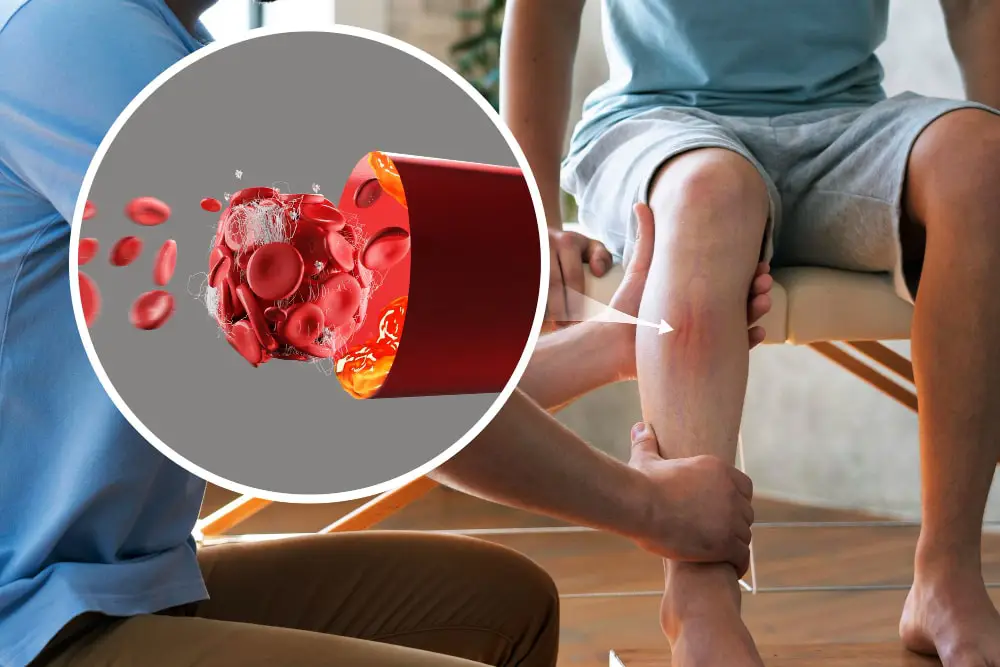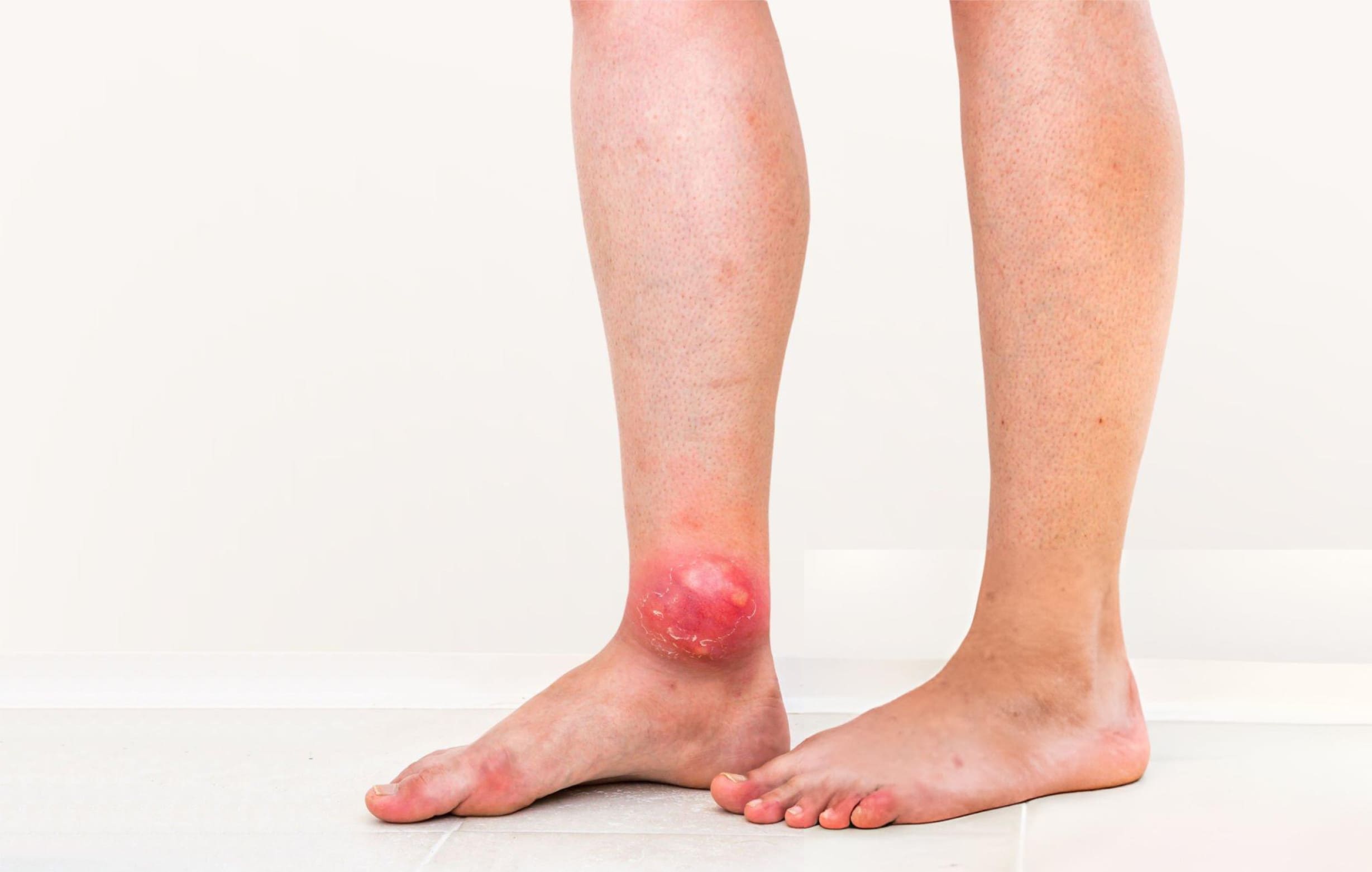Venous ulcers develop because of damage to the veins in your legs. The veins in your legs have a series of valves that help them transport blood upwards toward your heart. Often, damage to these valves causes high blood pressure in the legs, eventually leading to a venous ulcer.
You can get venous ulcers as a complication of:
Varicose veins
Varicose veins are large and bulging, often twisted-looking veins that appear on your legs when blood pools inside them. They usually aren’t painful on their own and don’t need treatment if they don’t cause complications.
Chronic venous insufficiency (CVI)
CVI is another condition that causes blood to pool in your lower extremities. It often causes intense leg swelling, which can place pressure on your skin until an ulcer forms.








